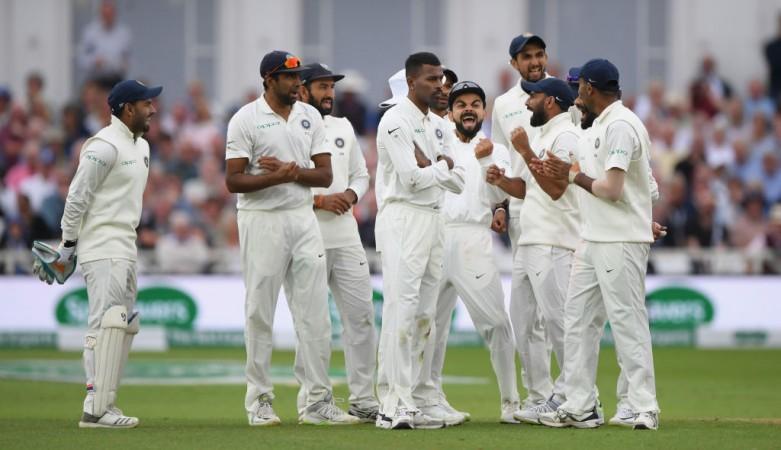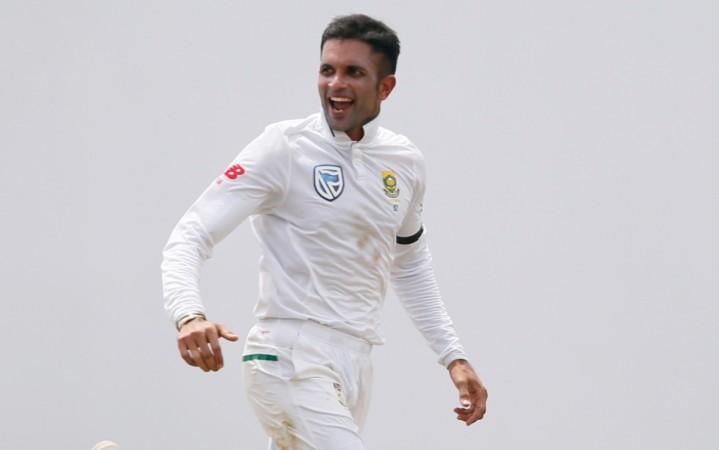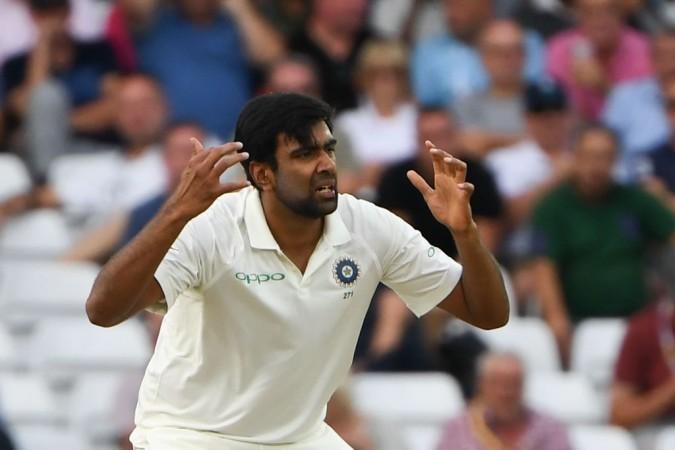
South Africa have been the most successful touring side in India in this century, so far. Except for the last Test series that the Proteas played in India – in 2015 – where they got absolutely thrashed on square-turning dustbowls, the African side has presented a tougher challenge to India in India than any other team.
So, what can we expect this time? Will dustbowls again lead to South Africa's annihilation? Or will the Proteas show the fight that they are known for? The factors that will decide the outcome can be narrowed down to five. Let's look closely at them.
The pitches
It would be very interesting to see what kind of pitches Ravi Shastri and Virat Kohli demand for this series. If they go for the same old strategy of playing three spinners and having ragged dustbowls, it could actually backfire. Remember, Australia defeated India at Pune in early 2017 on a rank turner with Steve O'Keefe, a man who has been a failure otherwise in Test cricket, picking up 12 wickets.
So, a square-turning wicket may end up boosting the South African spin-bowling attack and even allowing their lesser spinners to get wickets. On a dusty surface where unplayable deliveries are plenty, both teams have a chance as the game becomes somewhat like a lottery. So, watch out for the tracks India roll out.

Performance of Maharaj
Since their readmission to international cricket, South Africa have lacked a consistently good spin bowler in their team. At different times, the likes of Nicky Boje, Paul Harris and Imran Tahir have done well but nobody has been able to establish himself for the long haul. This is where Keshav Maharaj is important.
He is a very reliable spinner with a beautiful action and great control. However, he failed to make an impact against India in the last series that the two teams played – in South Africa (2018). But this is his opportunity. He has already bowled his team to victory once, against New Zealand. In more helpful conditions, he will have to rise to the occasion.
Considering India's vulnerability against good spinners in recent times, a good haul for him cannot be ruled out.
Form of Pujara and Rahane
The quality of South African bowling attack means that the technique of Indian batsmen would be tested. On top of that, the likeliness of spin-friendly pitches means that there would be a very intense examination of the batting style of different players against a viciously turning ball.
This is where Cheteshwar Pujara and Ajinkya Rahane are important. In the last Indo-South African series in India, Rahane scored hundreds in both innings of the last Test at Delhi. Pujara is, probably, technically, the most sound player in the Indian team. Hence, these two have to play a key role if India has to win.

Philander's skills
Vernon Philander performed well in the practice match. If the pitches are dry, there is also the possibility of seam movement. Nobody can exploit it better than The Big Vern. While the spinners would play the leading role, Philander may also chip in with some key wickets and create trouble for the batsmen. His form is also crucial.
Ashwin in focus
When India defeated South Africa in 2015, Ravichandran Ashwin was in prime form. But in recent times, the Indian team seems to have lost some faith in the off-spinner. He was not picked for both the Test matches in West Indies. At home, he is almost certain to play. However, not having played for India for a long time, there will be pressure on him and he will have a point to prove. His performance would be keenly watched.
Du Plessis and de Kock's batting
If South Africa have to win, they need to put up big scores on flat pitches and decent ones on ultra-dry wickets. For that, their senior batsmen have to take responsibility. On the previous tour, it was only AB de Villiers who showed some fight and got a couple of fifties. This time, their skipper Faf du Plessis and the highly-capable Quinton de Kock have to deliver. These two batsmen may hold the key to their team's victory.








